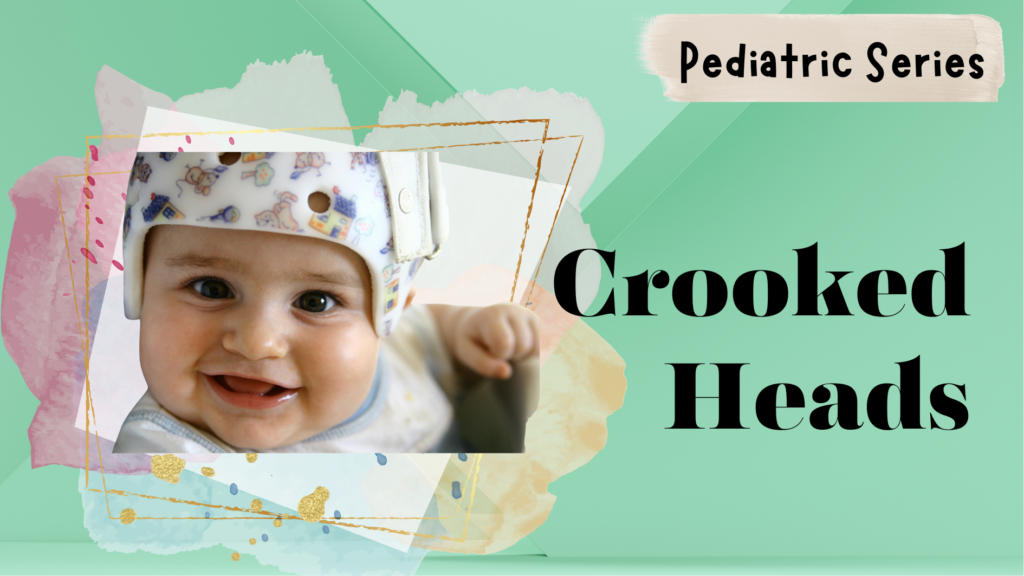Beginning in the 1950s, more children appeared to be dying during their sleep. This was a perplexing event. Why would a healthy baby simply die? This was first defined as “cot death” in a UK publication in 1953.
During the 1960s, baby care experts recommended stomach sleeping over back sleeping. The front sleeping position with the head to one side, or else curled up on one side, was promoted so infants would not choke if they burped milk or other secretions during the night. In 1985, researcher Dr. DP Davies presented an hypothesis for why he thought the incidence rate of SIDS was low in Hong Kong, Malaysia and Japan: In these countries, babies are more likely to be placed on their backs to sleep (supine) than on their stomach (prone).
By 1991, his hypothesis had evolved to medical fact…and since that time parents have been terrorized into never letting their children so much as take a nap laying on their stomach with a resulting anatomic deformity referred to as plagiocephaly. [1 Video, Length: 37 min, Downloadable Material, Access to Forums]
In this course, you will learn:
- An overview of the anatomy of the skull
- The differences between an infant and an adult skull
- Why sutures of the skull allow movement
- The history of cranial osteopathy and why it is important today
- See visual proof that the brain “breathes” and moves
- The history of the “Back to Sleep” program
- Three additional – and overlooked – potential causes of SIDS
- The three types of “Flat Head Syndrome”
- The list of chronic health conditions that can result from unaddressed plagiocephaly
- The truth about the change in SIDS incidence from back sleeping
- What can be done at home to aid to the resolution of a flat head
- How to choose a pediatrician


